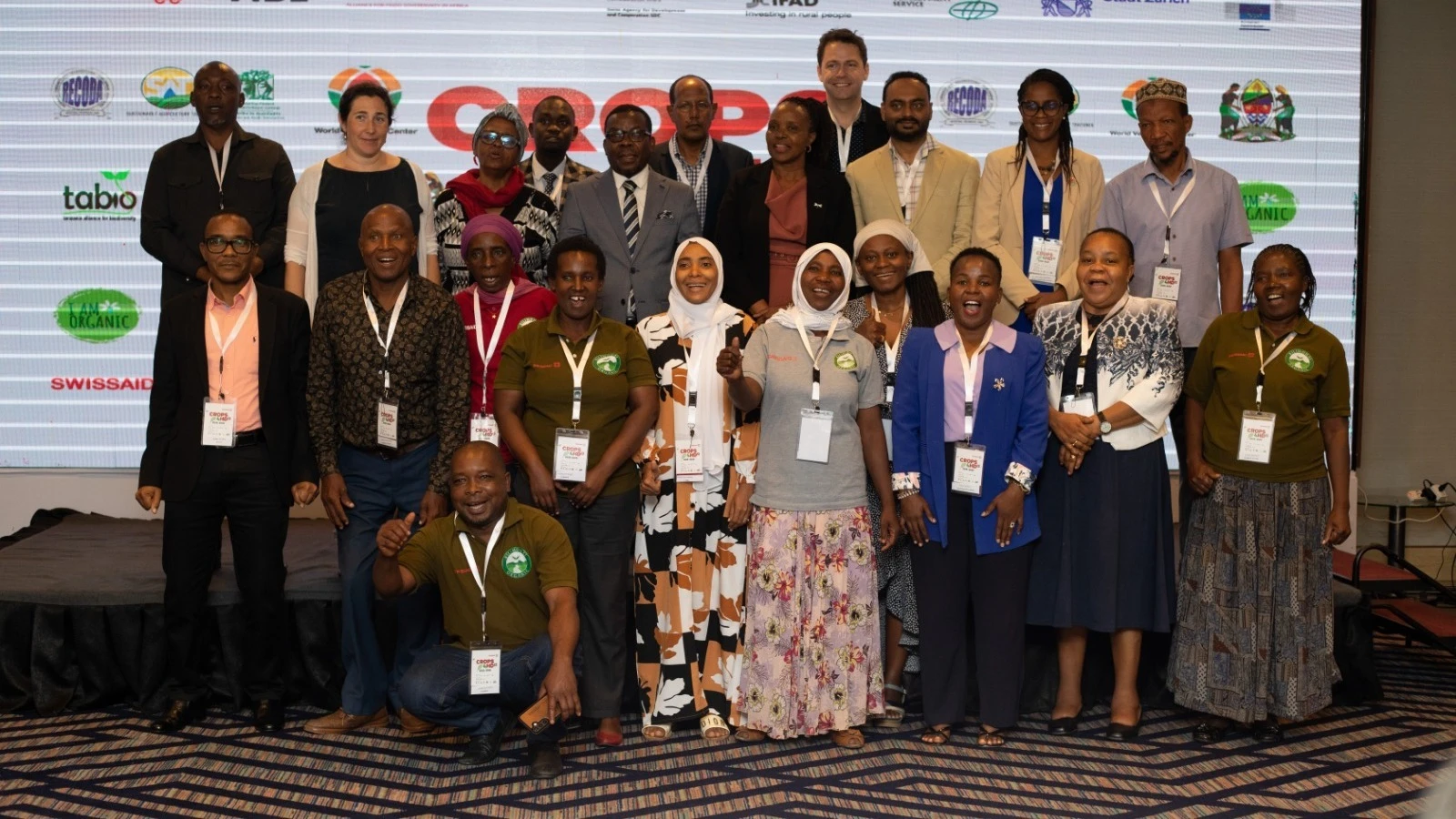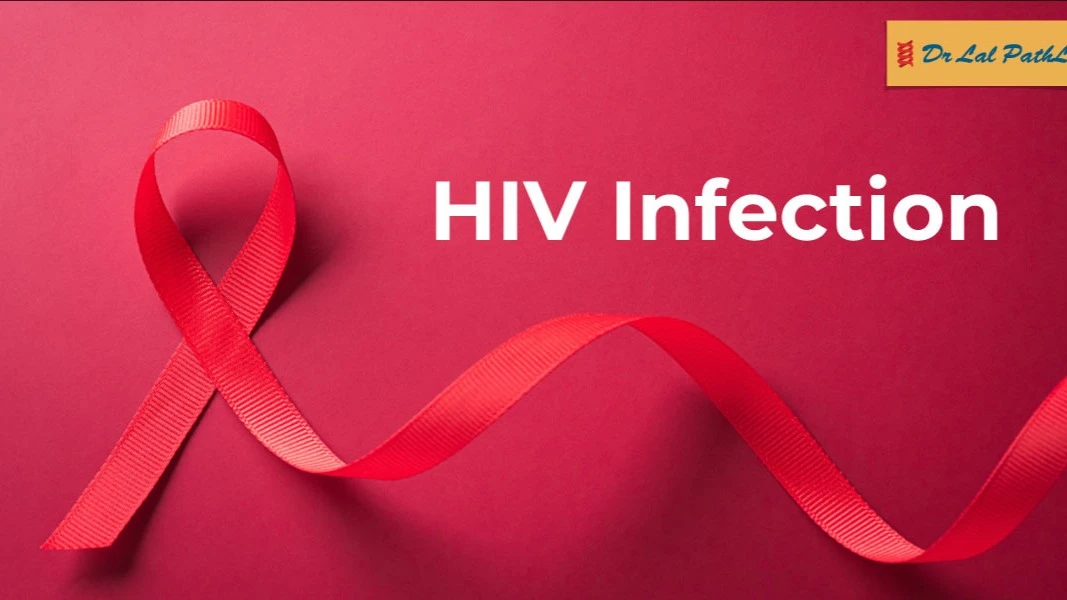SwissAid, stakeholders’synergies for underutilised grain a good idea

GREEN agriculture is a wide ranging concept that has a welter of stakeholders in each of its aspects, such that SwissAid and other partners, engaged in the second phase of the programme taking up crops for healthier diets (Crops4HD).
There is of course definite potential that taking up underutilised seeds in particular can be a critical investment in sustainable and inclusive food systems. It would appear the project initiators may have done intense work on interplay of affordability and regularity of opting for specific foods, and if price movements have a chance of changing outlooks.
This is indeed a breadth of neglected and underutilized crops, transform rural livelihoods and strengthen community resilience to climate change, officials noted.
Neglected and underutilized species are traditional crops and food plants that have historically been important to local diets and ecosystems but have received limited attention from modern agriculture and research, which at the local level are chiefly listed as finger millet, amaranth, pumpkin seeds, tubers of various sorts, etc.
The issue here is perhaps the question of neglect, as specifically it would appear to target key policy makers for not giving it the level of attention it deserves, but isn’t it the market?
The four year initiative runs from July 2025 to June 2029, meant to improve food security, nutrition and income generation by empowering 16,000 smallholder farmers in Lindi, Mtwara and Dodoma regions. For a breadth of consumers, for instance in the commercial capital, such efforts may result in a greater abundance of cassava, a tuber crop one can use as lunch with little else but some salted mixture of cabbage, tomato, unions or other, a quality it shares with fried potatoes but they are more expensive. The loser staple would in that case be stiff porridge and rice with the meat addendum.
What may trouble this initiative is the extent to which this shift of style initiated say by prices is actually a matter of policy, or indeed how it can be altered by initiatives of the sort. For one thing, this is a producer-targeting effort, focused on neglected and underutilized crops or fish species that are rich in nutrients, are climate-resilient and deeply rooted in local food cultures, Yet these cultures aren’t national in character and local variations don’t need policy push for them to survive, like harvesting a type of cricket or grasshopper on the western rim of Lake Victoria, as they know all about it.
The idea of promoting healthier diets is recognisable as a policy fulcrum but its only viable corollary is when selecting school feeds, as alternative crops may diminish bills for schools, or enable poor household pupils to get reasonably adequate feeds.
This sort of focus wasn’t visible in how the project was outlined, implying that the design risks being too stretched to produce tangible results if it seeks to alter consumer behaviour generally. The likely result is that it would be wound up in a few years instead of being the starting point of easing school feeding programmes generally.
In that case there is need for a targeted reviewing of the formulation that by scaling up their production and use, the stakeholders are not only promoting healthier diets but also empowering smallholder farmers, especially women and youth—to take a leading role in transforming food systems in their communities.
That is frankly not an issue, as the best market is in urban areas where the sense of community is least visible and ’price elasticity’ which endears certain fried foods in particular to lunch goers needing simple consumable items can benefit from. A targeted market view is more applicable.
Top Headlines
© 2025 IPPMEDIA.COM. ALL RIGHTS RESERVED

















